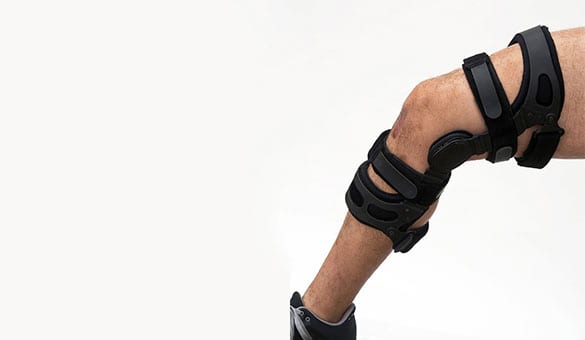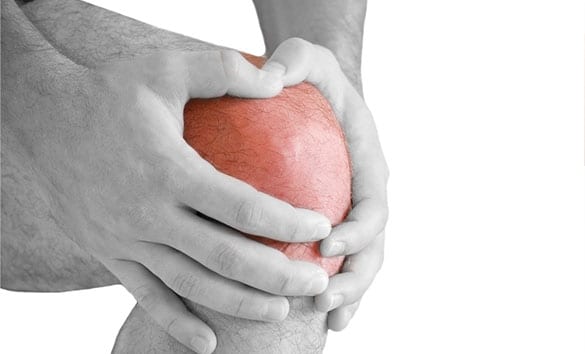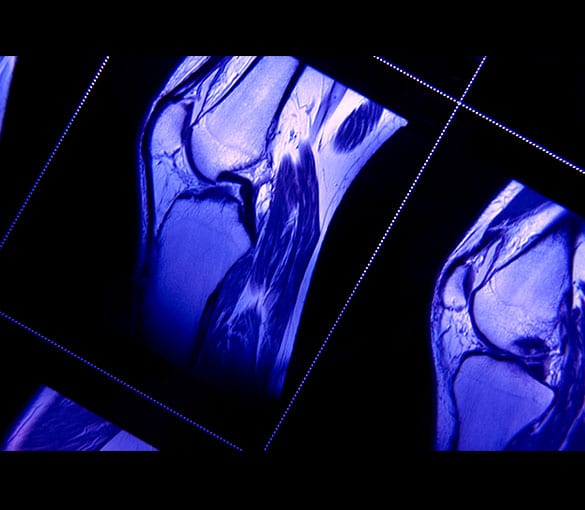
ACL Reconstruction can restore activity in patients suffering from this common injury.
One of four main ligaments in the knee connecting the femur (thigh bone) to the tibia (shin bone), the anterior cruciate ligament (ACL) is susceptible to injury due to its prominent location. Its main purpose is to keep the tibia from slipping in front of the femur.
- Damage can occur from a hard impact, even with cartilage providing cushioning
- If the ligament is torn, it can result in knee instability
CONTACT US TODAY
How ACL Reconstruction is Done
Performed under general or regional anesthesia, reconstruction surgery is done with tissue from the patient’s own body (autograft) or with donor (cadaver) tissue. The procedure is usually arthroscopic in nature, involving the use of small incisions, special instruments, and a camera that allows the orthopedic surgeon to see inside of the affected part of the knee.
With a torn ACL ligament, there is often damage to a meniscus (rubbery, C-shaped disc) that cushions the knee that will also need to be repaired. Reconstruction involves removing the damaged ligament. A larger cut may be necessary when the patient’s own tissue is used. Tunnels are made in the bone to put the new tissue into the correct position. Screws and other hardware are used to keep the newly reconstructed ACL in place until tissues heal.


Why it’s Done
Reconstruction is usually recommended when other attempts at treatment for an ACL injury have failed or if the knee is unstable enough to make it difficult or impossible to participate in normal activities, especially anything sports-related. Surgery may also be done if a meniscus is torn or if the damaged ACL is causing chronic knee pain.
Preparing for ACL Reconstruction
Prior to surgery, it’s important for patients to tell the anesthesiologist about any medications being taken, including over-the-counter medications and herbal supplements so there are no issues with anesthesia during surgery. Other pre-surgery preparations include:
- Quitting smoking to minimize issues with wound healing
- Keeping underlying conditions like diabetes or high blood pressure as under control as possible
- Avoiding excessive alcohol consumption
- Reporting illnesses that suddenly develop prior to surgery, including a cold or the flu
After Surgery
A knee brace may be worn for 1-4 weeks following the procedure. Medication is usually prescribed to manage any post-surgery pain. Crutches are sometimes used to provide support for a few weeks as the reconstructed ligament heals. Knee movement usually starts soon after surgery to restore flexibility. Return to work following ACL reconstruction will depend on the job-related tasks usually performed.
About 30 percent of ACL injuries are the result of direct contact, either with another person, as may happen with contact sports, or an object. The remainder of the injuries do not involve direct contact. If ACL reconstruction is necessary to repair damage from an injury, the prognosis is often good due to advances in surgical techniques, with patients often able to return to their previous activities pain free following rehabilitation, which typically takes about 4-6 months.
Of the 200,000 or so people each year who have an ACL injury each year in the United States, about half of them have ACL reconstruction.




